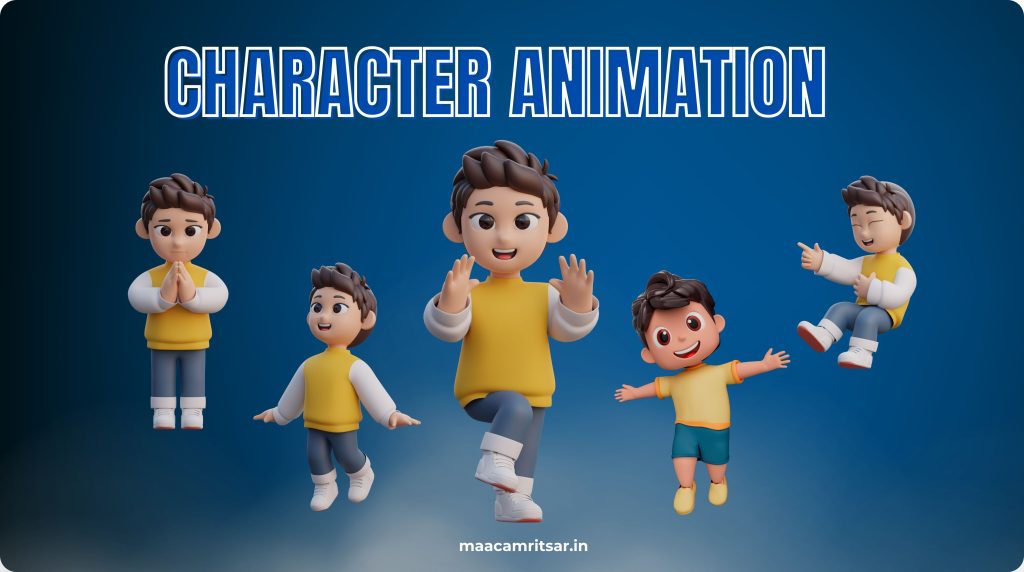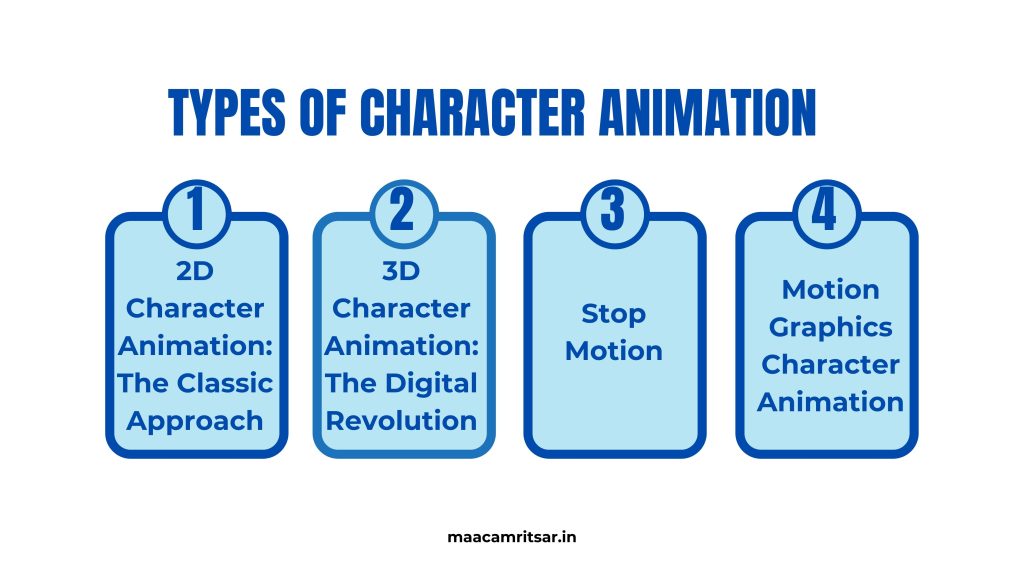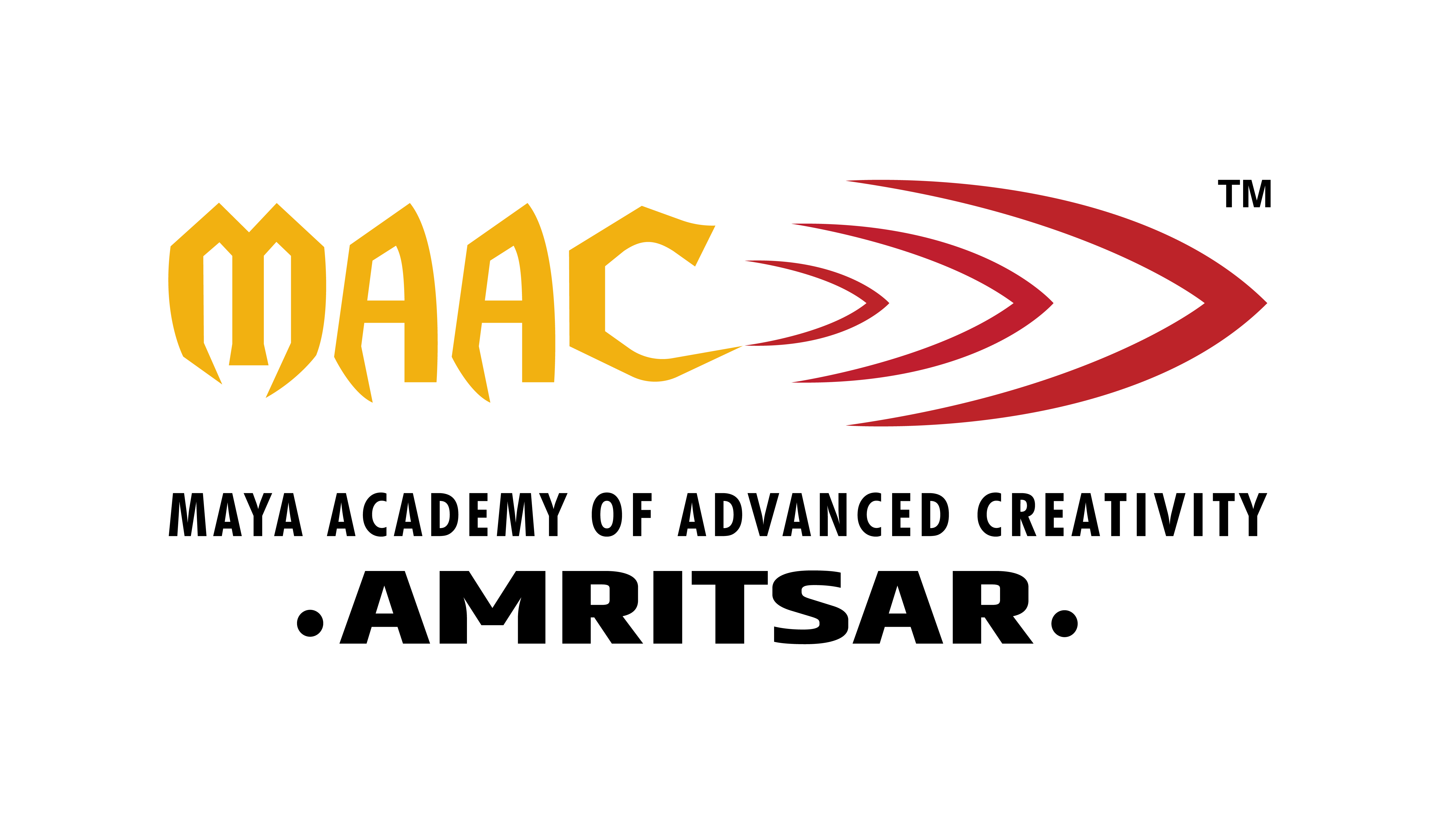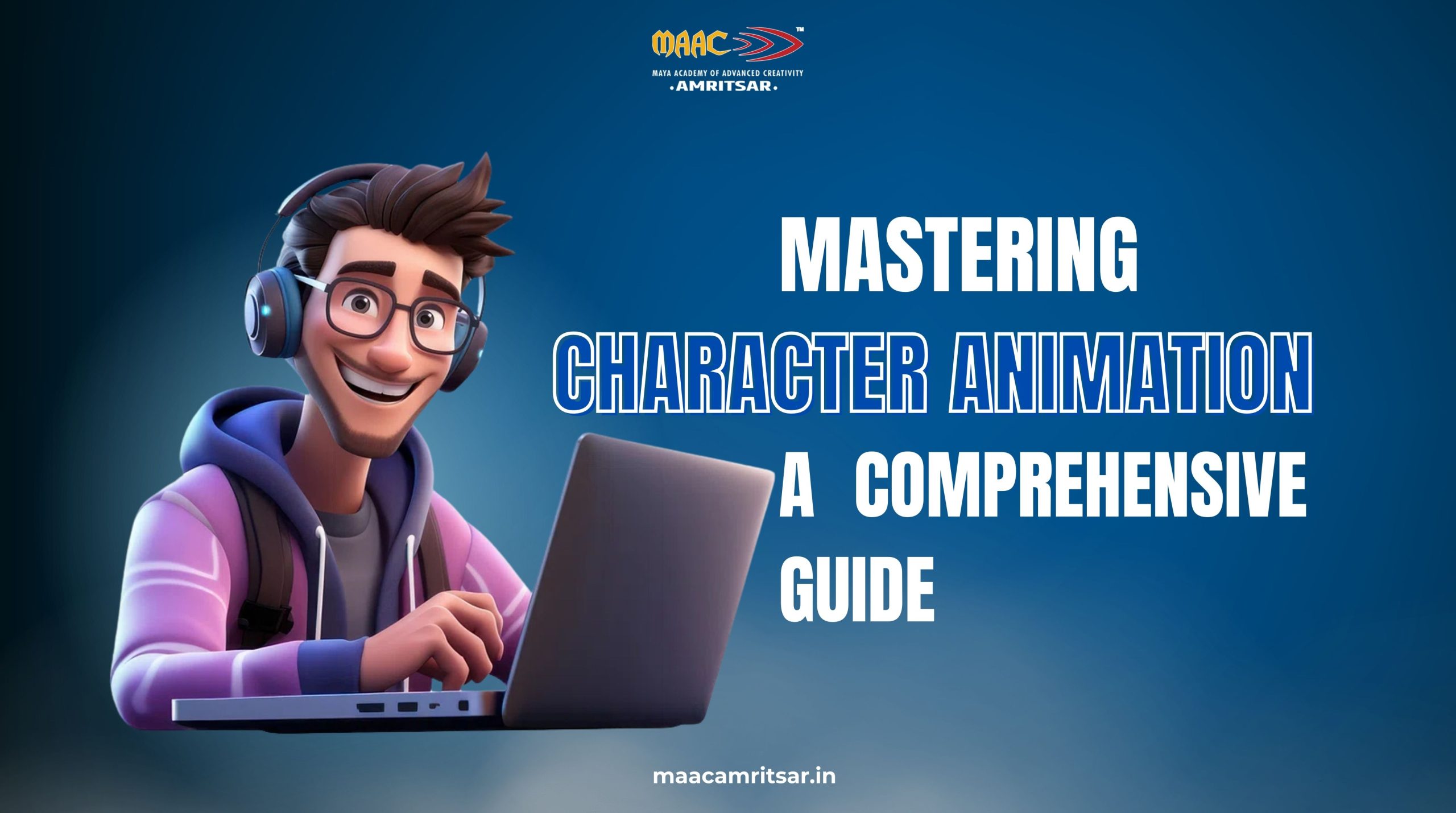Remember watching animated movies and wondering how those characters came to life? That’s the art of character animation: when simple drawing transforms into living, breathing personality that makes you laugh and cry excitedly. Character animation is essential for creating animated movies and video games. This guide will cover the basics, tools, and techniques to help you master character animation and improve your skills.

What is Character Animation?
Character animation is process of bringing the character to life through movement and expression. Character animation not only moves characters from one point to another but also involves visual storytelling and creating personality through movement. Animators observe real life actions to make characters feel realistic and relatable.
Storytelling plays very important role in animation. A well animated character design can connect with the audience and convey emotions without speaking. Whether it is 2D cartoon or detailed 3D game character the main aim is to bring digital creations to life.
Types of Character Animation
The art of character animation comes in various styles and uses. Let’s look at the main types:

2D Character Animation: The Classic Approach
Character animation begins with 2D animation. 2D animation is the traditional style used in classic cartoons and hand drawn films. It creates movement in two dimensional space and focusing on the X and Y axes.
Many animator artist still use this classic approach with the help of digital tools to speed up the process while maintaining that classic feel. This type of animation is mostly used in TV shows, mobile games, and explainer videos.
- It provides artists with platform to showcase their artistic skills and bring their imaginative worlds to life.
- It requires less complex software and hardware, making it easier for beginners and small studios to produce high quality animations.
3D Character Animation: The Digital Revolution
For more realistic and complex movements animators begin 3D character animation which brings characters into three dimensional space. It is widely used in video games, visual storytelling effects, and in movies. 3D character animation is known for its ability to produce highly detailed and realistic visual storytelling effects, making it popular choice in the entertainment industry.
- 3D animation allows for highly detailed and lifelike characters, making it possible to create realistic movements, expressions, and interactions.
- Its versatility makes it valuable skill for animators and opens up numerous creative opportunities.
Stop Motion
Stop motion technique is used in character animation where objects or characters are physically manipulated in small increments between individually photographed frames. When the frames are played in sequence it creates the illusion of movement. This technique can involve various materials like clay, puppets, and even everyday objects.
- Stop motion uses real physical models and sets, giving the animation unique and tangible feel that is hard to replicate with digital methods.
- Animators can use various materials and techniques, making it possible to create imaginative and visually stunning animations that stand out from other animation styles.
Motion Graphics Character Animation
Motion graphic animation is versatile and effective way to communicate ideas and keep viewers engaged. This type of animation combines graphic design and animation to create the illusion of motion.
- Motion graphics use vibrant and engaging visuals to capture the attention of audience.
- Incorporating animated text to enhance the message and make it more impactful.
Tools and Software for Character Animation
Animation industry has evolved from pencil and paper to powerful digital tools. The right tools can make all difference in character animation. Here are some of the most popular ones:
- Adobe Animate
- Toon Boon Harmony
- Moho
- Clip Studio Paint
- Spine
1. Adobe Animate
This animation tool is used for vector based animation. Mostly used in cartoons, advertisements, and interactive web content. Animators love this character animation software because it is easy to use and great for creating lightweight animations for web and mobile apps.
2. Toon Boon Harmony
Another best tool for character animation is Toon Boon Harmony. Professional animators love this tool for rigging and animation capabilities, making it ideal for complex character animations. This tool can mix traditional frame-by-frame animation with cutout animation.
3. Moho
Another specialized character animation tool for 2D rigging animation is Moho. It is known for its bone rigging system which lets animators easily control character movements without having to draw each frame.
4. Clip Studio Paint
This character animation tool is mainly known as digital painting tool but it also has strong features for short, hand drawn 2D animations. It is great for artists who want to do both illustration and animation in one place. This software is best for creating hand drawn 2D character animations and illustrations, allowing artists to combine illustration and animation seamlessly.
5. Spine
Spine is specialized tool for creating 2D skeletal animations for games. It uses bone based rigging system which is similar to 3D animation but for 2D character animation, making fluid animations easier without redrawing every frame. With features like bone rigging, mesh deformation, inverse kinematics, and export to game engines, it is highly optimized for game development and helps reduce animation workload while maintaining high quality.
Advanced Techniques and Best Practices for the Art of Character Animation
Keyframe Animation
The most common animation technique is keyframe. Animators set specific poses at certain frames and the software fills in the movements between them. This technique is essential in both 2D and 3D animation.
Motion Capture
Motion capture records real life movements with sensors and applies them to digital characters. Animators commonly use it in video games and movies to create realistic human motions. Animators still need to manually adjust it to fine-tune the animation.
Animating Facial Expressions and Body Language
Character’s personality shows through its expressions and gestures. Pay attention to details like eye movements, eyebrow raises, and hand gestures. These small touches can make your animated characters design feel alive and relatable.
Timing and Spacing in Animation
Timing and spacing are the most important principles to consider in animation. For realistic and natural feel, good timing is very essential. Also proper space ensures smooth transition between poses.
Physics in Animation
To create realistic animation you need to understand principles of physics. Notice how gravity impacts movement, how weight shifts during motion, and how inertia affects your character’s actions.
Animating Complex Movements (Walk cycles, Fight scenes etc)
Walk cycles are the basics of character animation. To make character’s walk look real you need to understand their weight, personality, and mood. Fight scenes and action sequences are harder and need good understanding of anatomy and physics to look believable.
Character Rigging and Skinning
Character rigging is process of creating digital skeleton for your character while skinning attaches the character’s surface to the skeleton. A well rigged character makes animation easier and more flexible. Tools like Autodesk Maya offer advanced character rigging features to streamline the process.
Final Words
Animation is all about learning and getting better over time. Every project teaches you something new, and there’s always room to improve. Even the best animators started as beginners. The key is to keep practicing and always try new techniques.
In this guide, we have covered the basics of character animation, from different types to advanced techniques. Animation is both an art and a skill—the more you practice, the better you will get. If you love visual storytelling and animated character design it’s time to move forward.
Join our comprehensive animation course at MAAC Amritsar!
We offer hands on training in all aspects of animation, from basic principles to advanced techniques. Our experienced instructors will guide you through industry standard software and help you build professional animation portfolio.
Start your animation journey with MAAC Amritsar today and bring your characters to life! Contact MAAC Amritsar for course details and join our creative community.


Leave a Reply